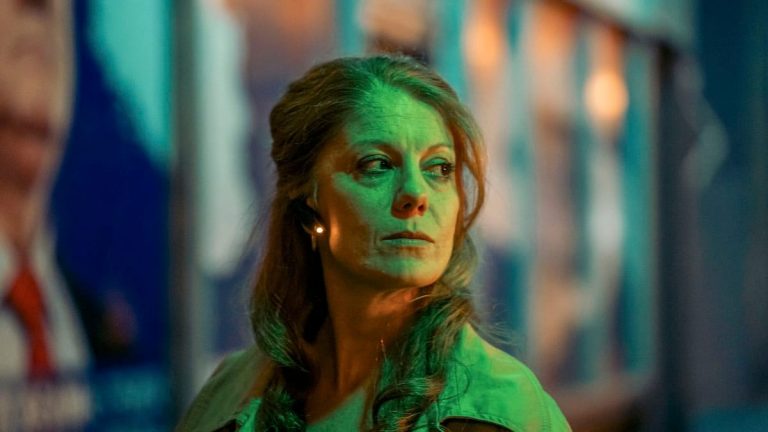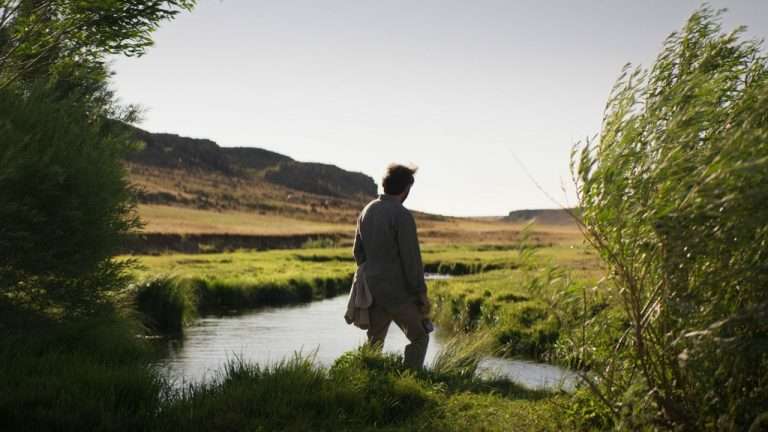Hal Ashby left a lasting legacy, influencing modern filmmakers such as Cameron Crowe, Wes Anderson, and Alexander Payne, among others. His best work came out in the 1970s and is defining of the cinematic style of American movies from that decade. Since Payne’s “The Holdovers” takes place in 1970, it’s only natural for it to take notes from Ashby’s comedy-dramas. But, it goes further than emulating the visual palette of those movies, providing thematic and characteristic similarities. Tipping his hat to the master, Alexander Payne created one of the best comedy-dramas of recent years.
Ashby delved into other genres too, but he is best known for his comedy-dramas like “Harold & Maude,” “The Last Detail,” “Shampoo,” and “Being There.” Illustrating the counterculture movement of the time in an introspective manner, the social satire of these movies has stood the test of time. Alexander Payne may have created a Christmas movie for the ages in “The Holdovers.” He not only duplicates the sentimental charm of Ashby’s best films but also elevates the comedy-drama genre as a whole.
“The Holdovers” contains the melancholy undercurrent of the Ashby movies right from the title and synopsis, ‘Holdovers’ standing for the kids who have to stay behind at a boarding school for their Christmas vacation because their parents, for one reason or another, can’t spend time with them. Paul Hunham, played by Paul Giamatti, teaches classes at this posh, New England, all-male boarding school, and spends most of his time on his own, despised by his peers and students alike.
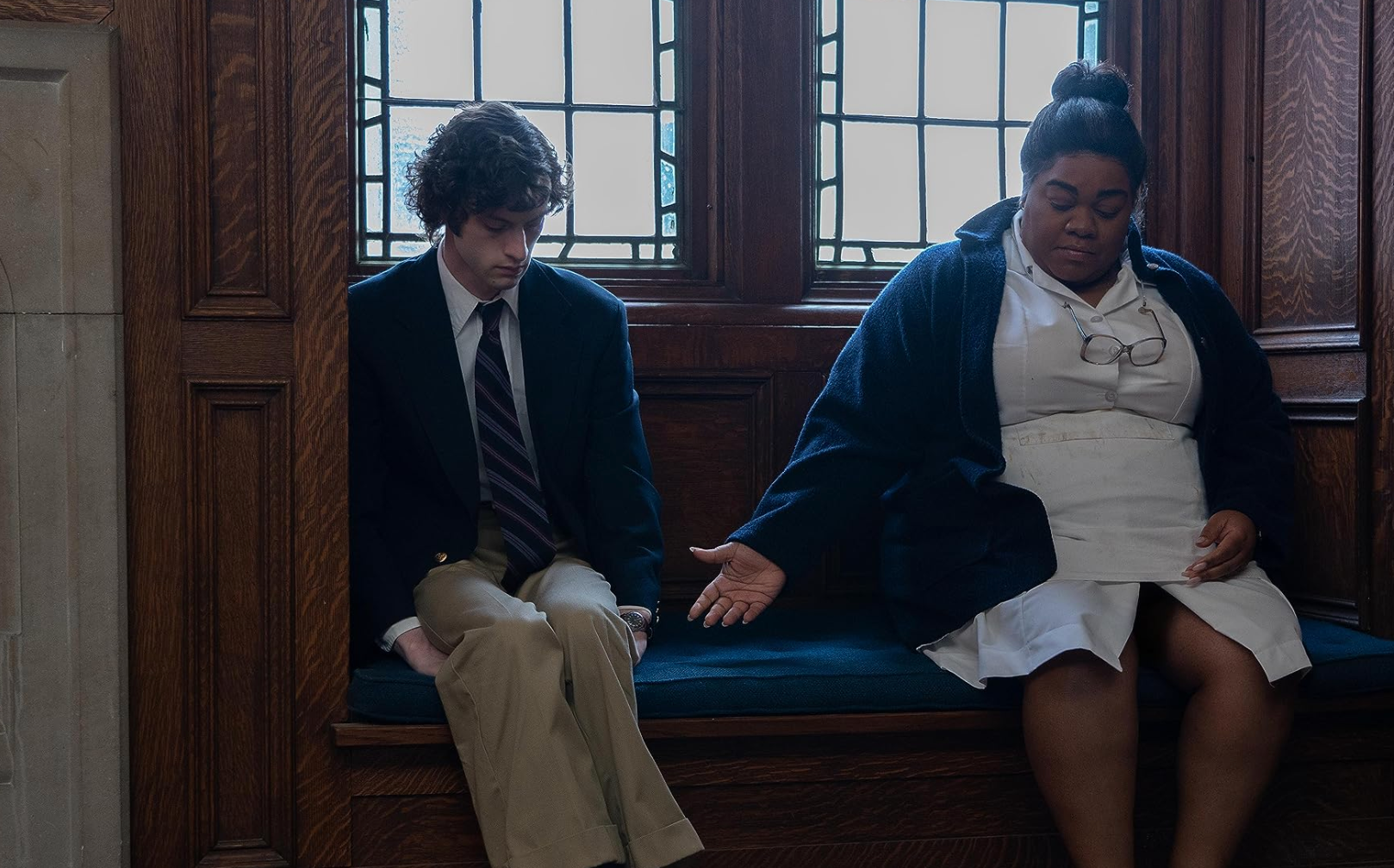
Hunham is someone who’s given up on fighting the system and hence, joined it a long time ago. But, he can’t completely subdue the defeated ‘little guy’ in him, and so he takes out his frustrations caused by society’s injustices on his privileged, and often spoiled, students. Much like Paul Hunham, Harold from “Harold and Maude,” or George Roundy from “Shampoo,” are deeply flawed men.
Ashby’s movies don’t have conflict; the joy and entertainment are obtained from the interactions between characters brought together from different spheres of life. In “The Holdovers,” as well, we find the three leads, who on the surface have little in common. The first time we see Hunham act decent and considerate in the movie is when he interacts with Mary (Da’Vine Joy Randolph), Barton’s cafeteria manager, who recently lost her only son in the Vietnam War.
Race relations are handled deftly by Ashby, like in “The Last Detail,” no one has to talk about the colour of their skin and its consequences, because they live with those every day. In an iconic scene from the movie, Jack Nicholson’s Buddusky pulls out his gun to threaten a bartender for his racist attitude towards his colleague. “The Holdovers” has a similar scene where Hunham blasts a student for showing brattish behaviour towards Mary. Mary raised her son on her own, who was taken away from her at the prime of his life. Rich parents of students from schools like Barton didn’t have to suffer her plight. Like a good soldier, she continues her work, choosing to stay back at Barton during the holiday season, preferring to keep her grief private.
Also Read: Exploring Loneliness, Intimacy, and Grief through Alexander Payne’s ‘The Holdovers’ (2023)
The youngest of all the holdovers is Angus (Dominic Sessa), who has the poor luck of being the only student having to stay back for the entire holiday. Payne keeps the 70s era cynicism low-key here, as up to that point in the movie, Hunham has been throwing the worst of his wrath at Angus, but changes his demeanor, showing more compassion towards the boy upon realizing that Angus really wanted to be on this vacation with his mom. Angus has no special love for Professor Hunham, either. To Angus, he is a hateful man who exploits his position of power to terrorize underage members of society. But as friends and family often do, the two men set aside their gripes to comfort the grieving mother, Mary, when she has an emotional breakdown at a Christmas party.
The poignancy such scenes deliver would not have been possible without Ashby’s contributions to cinema. People, despite their differences, coming together to comfort one another, is the main theme of “The Last Detail,” where Nicholson’s Buddusky wants to show Randy Quaid’s Meadows a memorable time before he’s put behind bars for eight long years. While “The Holdovers” delves into deeper emotional territory, it shares a similar spirit with that film—the quiet compassion of lending a hand to someone who’s struggling more than you.
Ashby’s stories tell us that the journey matters more than the destination. As Hunham, Mary, and Angus idly spend their evenings watching TV in Mary’s room, they’ve become a make-shift family, conversations occasionally and unknowingly hitting a soft spot. When Hunham shares that he can’t write a book because he doesn’t think he has an entire book in him, Mary aptly responds, ‘You can’t even dream a whole dream, can you?’
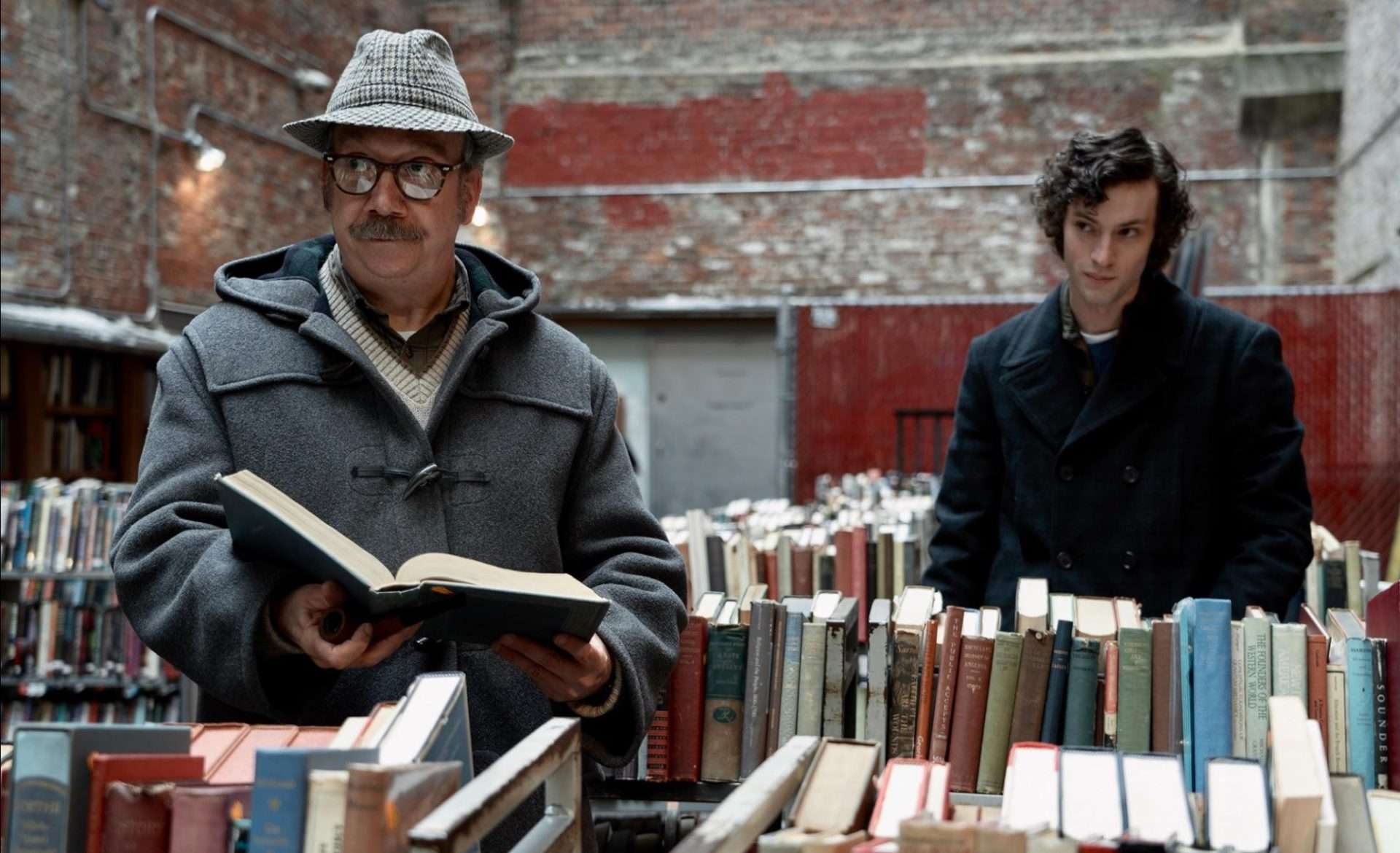
Ashby’s influence can also be seen in the movie’s pacing and cinematography. Having worked as an editor, Ashby had a keen cinematic eye. Within minutes, even to the untrained eye, the beauty of his pictures is unmistakable. Just watch the sequence from “Being There,” when Peter Sellers’ Chance leaves the house he has lived his whole life in, wandering the streets of Washington D.C., to know what I’m talking about. It’s a masterclass in communication through motion and music. The same can be said about “The Holdovers.” The movie’s yellowish colour scheme gives the impression of dawn, after the end of a long and dark night.
Character-focused stories that were Ashby’s forte touch people who appreciate the art of film more so than action, horror, or comedy movies. Hence, performances in such movies are award favourites. In the 7 movies that Ashby directed in the 1970s, he won 11 Oscar nominations for his actors. In “The Holdovers,” Payne directed all three main actors to (well-deserved) Oscar nominations, with Randolph winning the Best Supporting Actress for her moving performance.
At the end of the movie, Hunham has to make a hard choice. The entire movie has been alluding to this moment. A man of habit, unwilling to change, he decides to give away all he’s got for the sake of Angus’ future. He gets the confidence to make this bold decision because of the support and encouragement he received from Mary and Angus. He knows Angus will yield better results with the opportunities that’ll be presented to him than he ever could. Like Chance walking on water at the end of the film “Being There,” Hunham drives away into the great unknown.




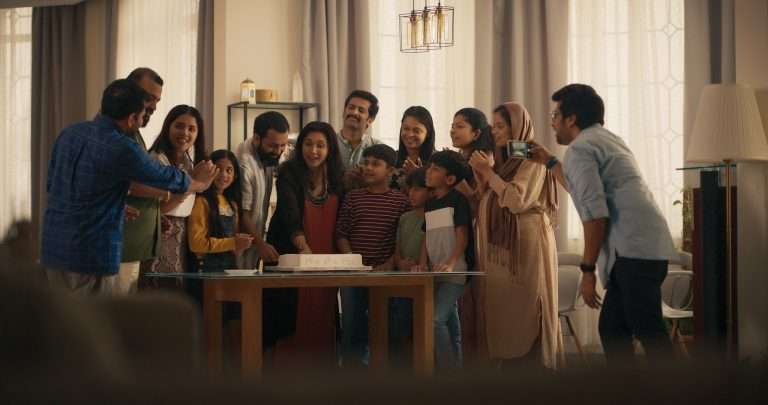
![Cars 3 [2017]: Surprisingly Well-Made & Emotionally Involving](https://79468c92.delivery.rocketcdn.me/wp-content/uploads/2017/11/cars-3-768x384.jpg)

